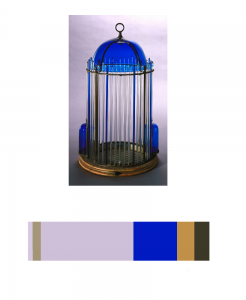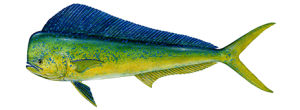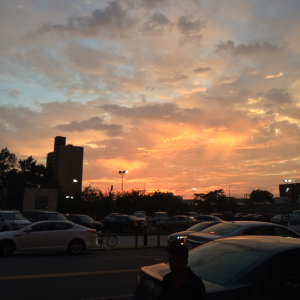For our final project, Color Harmony, I used all my knowledge of our past projects to help me with this one. Finding out pallets was a challenge for because there was such a wide variety of color in one image, it was a bit difficult to make a proportional color pallet and to figure out which were the accents. What I did enjoy about this project was how it made me pay more attention to amounts of color in a photo and/or piece and what colors really accent them, or what colors give the piece dynamic in tint and shadings to really bring it to life. Color harmony really helped me to better understand how colors can go together in varying amounts and how tints and accents, plus the amount of color used is really important when thinking about making a piece.
Tag: Color Harmony
For phase 3 of this color harmony project I wanted to use the pallet I got from my phase 2 at the museum. For my free study I decided to draw a woman, the program used was Autodesk Sketchbook and a Cintiq tablet. I made the off-white color my dominant color and the muddy brown my subdominant. The blue was my accent and the muddy yellow is my shade since it isn’t a pure yellow. There was some difficulty in making this since the accent color was such a pure blue, but otherwise it was fairly enjoyable due to a majority of the colors not being so pure, I was able to find a way to make them go together.
While on the museum trip, I happened upon a set of bird cages. The blue and gold one caught my eye in particular. What caught my eye with this piece was the glass dome and rods. Its amazing how such fine and pigmented glass work can last so long, especially since it came from Italy during the earlier part of the 19th century. The blue was especially vibrant compared to the faded gilt base.
This Dolphin fish is a good example of color to color progression because of the way it starts off as blue, makes its way towards green in the middle and finishes off at yellow. The blue to yellow progression is smooth all the way through, and blends well in the middle of the fish, proving this as a good example.
This Blue Macaw is a good example of tint progression because the feathers that start at the beak are a grayish blue which fades out of the birds head into a more solid blue. Depending on how the light hits the birds feathers is how blue they will look, hence the feathers towards the bead are a faded grayish blue, and the birds body is more of a vibrant blue.
This photo of a Wolverine is a good example of shade progression because the light brown of its furn fades into dark brown fur and then darkens into back near its face. Showing a shade progressing that goes from color to black.
The first image shows two-color progression because of the green has different tones that turn into black. The tint progression shows the sunset, the tint shows the yellow orange colors, they are analogous. The shade progression shows the clouds white then turning darker, to medium black.











Recent Comments